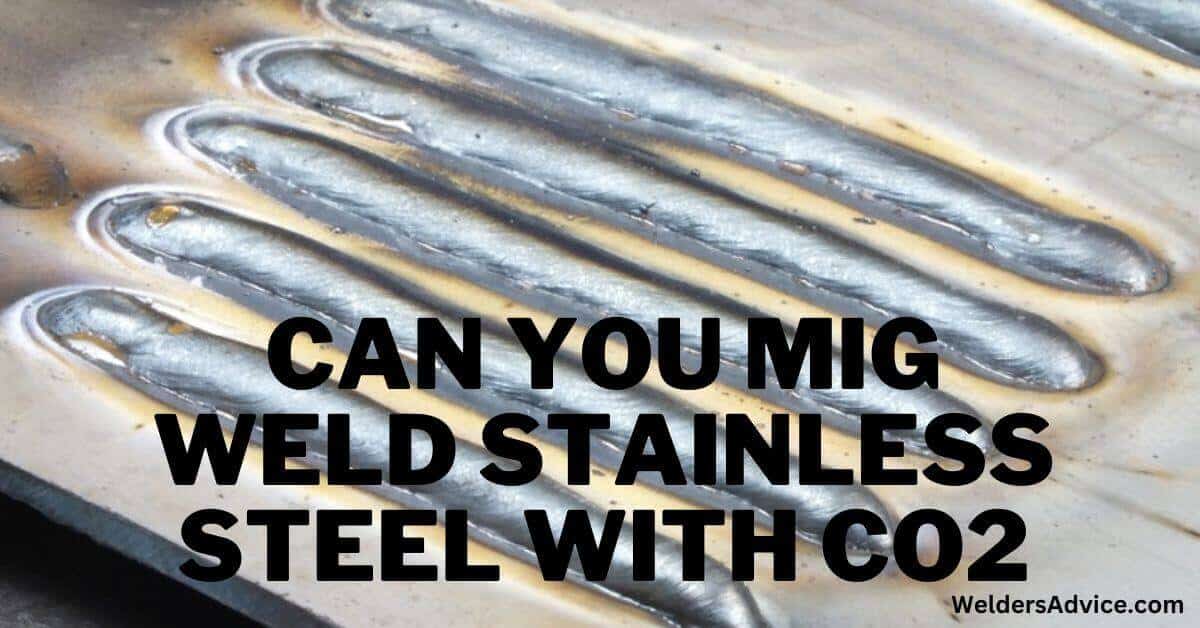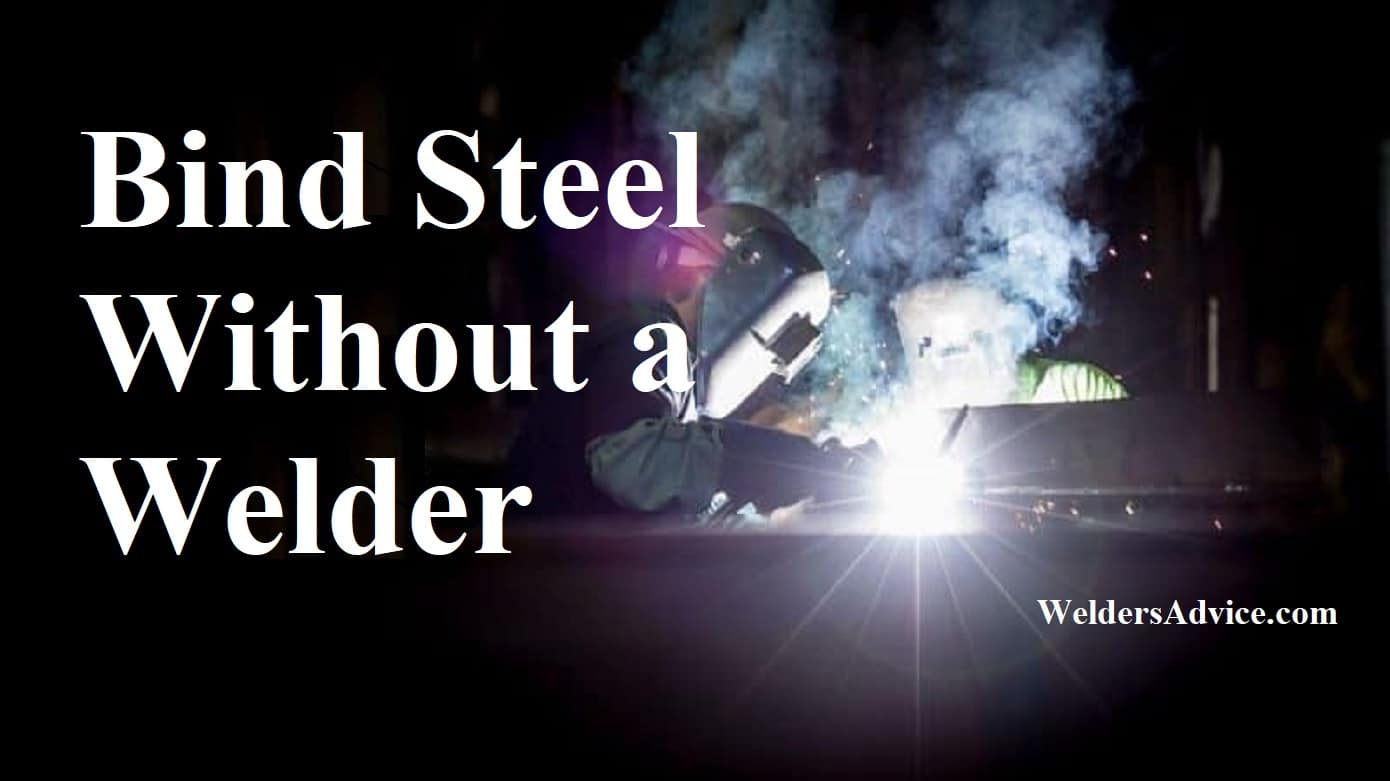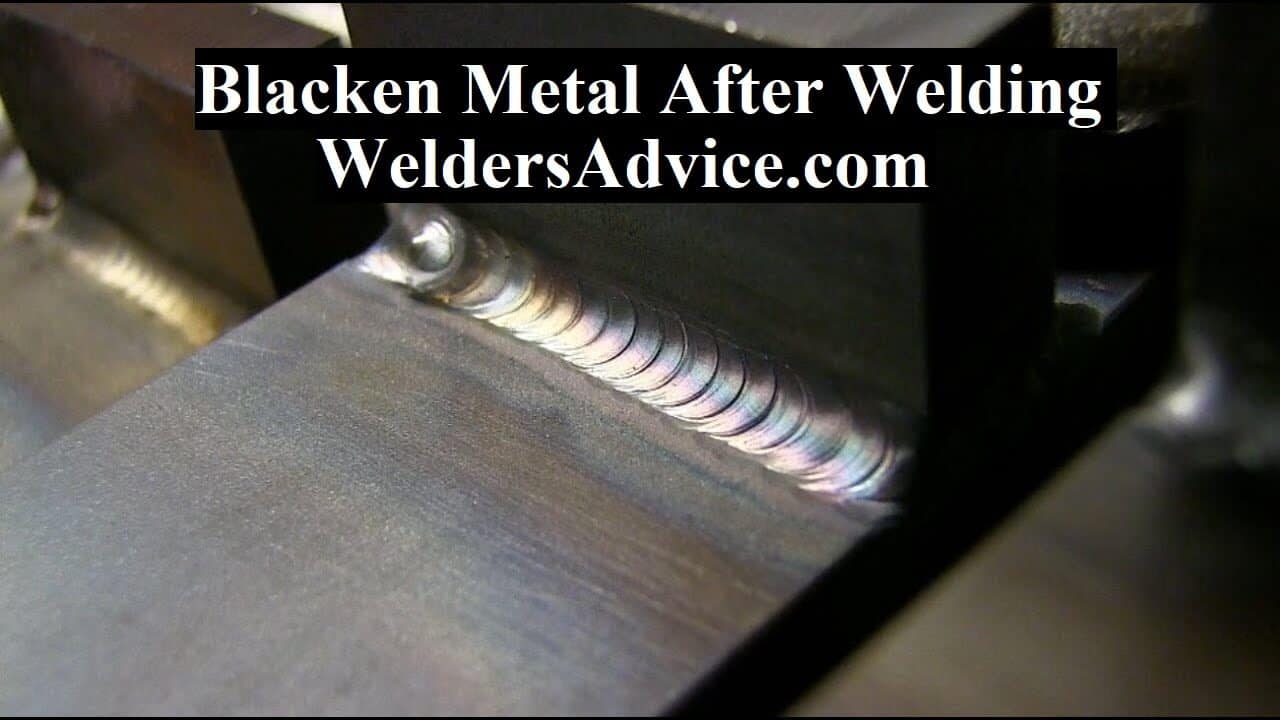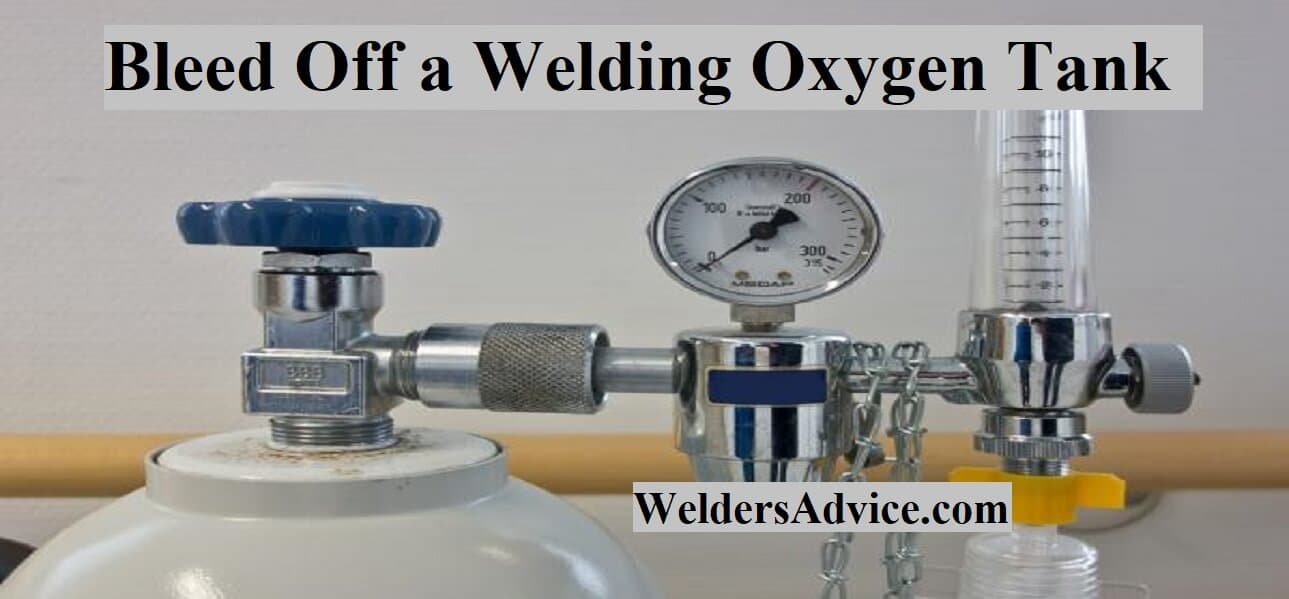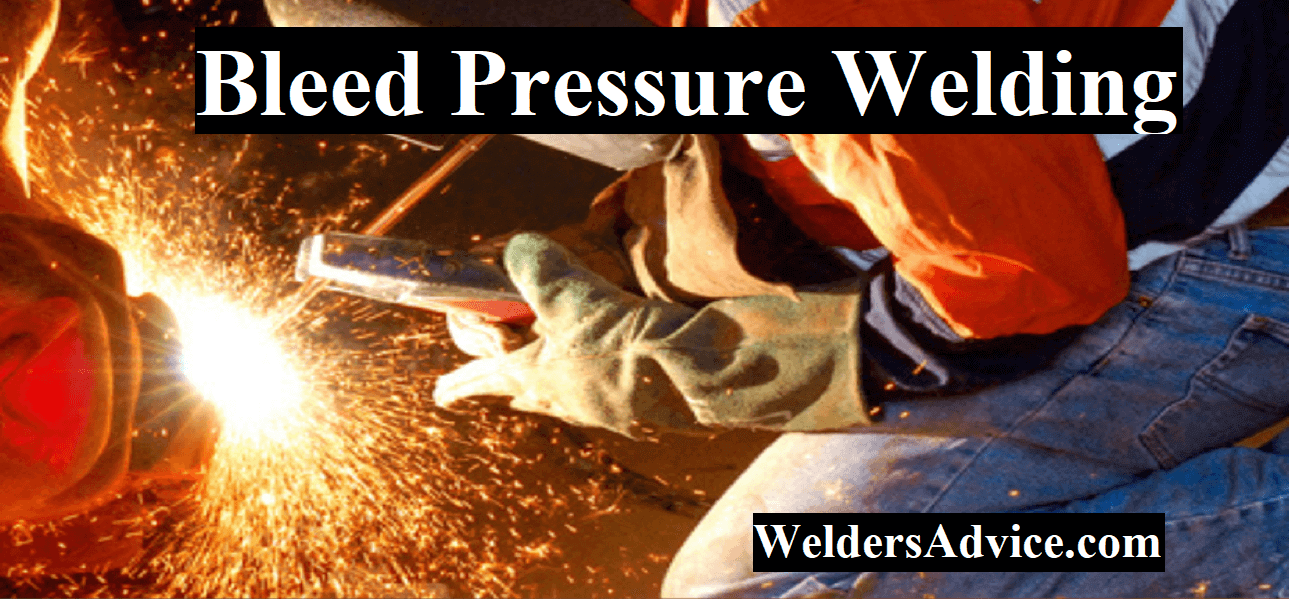Yes, you can MIG weld stainless steel with Co2. This is because an inert gas such as carbon dioxide (CO2) will protect the weld area from oxygen and other elements which may cause corrosion. The CO2 also helps to create a uniform arc that provides a consistent heat source for welding.
- Mig Weld Stainless Steel With Co2
- Can You Mig Weld Stainless Steel With Argon Gas
- Can You Use 75 Argon 25 Co2 to Weld Stainless?
- Can You Use Co2 As a Shielding Gas for Mig Welding?
- What Happens If You Weld Stainless Steel With Mig?
- What Do I Need to Weld Stainless Steel With a Mig Welder?
- Final Thoughts
In addition, the use of this type of shielding gas can help to reduce spatter and provide better penetration into the base metal being joined together.
Mig Weld Stainless Steel With Co2
When using MIG welding with stainless steel, it is important to select filler rods and wires specifically designed for use with CO2 in order to achieve optimal results.
- Prepare the materials: Gather the necessary supplies, including a CO2 Mig welder, stainless steel welding wire, and a welding mask or helmet
- Set up your workspace: Make sure you have adequate ventilation for fume control when MIG welding stainless steel with CO2
- Place your workpieces in position and make sure they are securely clamped together so that no gaps remain between them before beginning to weld
- Select appropriate power settings: Choose an amperage setting on your MIG welder according to the thickness of the metal being joined, as well as its size and shape; refer to your machine’s user manual for specific information regarding recommended settings for different types of metals
- Establish an arc: Hold down the trigger on your MIG welder while touching it against one side of the joint where you will be making the weld; this should establish an electric arc which is essential for creating a successful weld bond using CO2 gas shielding (rather than inert gases such as argon)
- Begin Welding Process: Slowly move along the joint while maintaining a constant speed and pressure on both sides; ensure that each pass overlaps slightly over previously created beads until all parts are completely fused together into one solid piece
Can You Mig Weld Stainless Steel With Argon Gas
Yes, you can use argon gas to MIG weld stainless steel. Argon is a noble gas and does not react with the metals being welded. Making it an ideal choice for welding stainless steel as well as other non-ferrous metals such as copper and aluminum. Argon also provides a deeply penetrating arc which helps create strong, durable welds.
However, when using argon for MIG welding stainless steel. You should ensure that your equipment has sufficient power output. And the correct wire speed setting in order to achieve optimal results.
Can You Use 75 Argon 25 Co2 to Weld Stainless?
Yes, you can use a 75/25 argon-CO2 gas blend to weld stainless steel. This is a common choice for welding thinner gauge stainless steel. And provides good penetration and wetting action on the weld pool. To make sure that your welding job goes off without a hitch. There are several precautions you should take when using this type of shielding gas.
First, make sure that your weld joint is properly cleaned before beginning. As any contaminants left behind will negatively affect the quality of the finished product. Also, try to keep argon usage at or below 30%. As too much can cause porosity in the deposited metal which could lead to corrosion down the line. Finally, avoid high current settings while welding with this mix as it has been known to cause spatter buildup. Due to increased ionization levels within the arc stream.
Taking these steps when using an argon-CO2 blend for stainless steel welding will ensure that you get excellent results every time!
Can You Use Co2 As a Shielding Gas for Mig Welding?
Yes, you can use CO2 as a shielding gas for MIG welding. This type of shielding gas is most commonly used in short circuit and spray transfer modes of welding. It provides excellent penetration and weld bead profile characteristics. This makes it an ideal choice for many types of welds. Including heavy-duty applications such as those found in the automotive industry.
By using CO2 as a shielding gas, you can achieve higher welding speeds and deeper penetration than with other gases or combinations of gases. Like argon/CO2 mixtures because the molecules are larger compared to other inert gases. The downside is that this type of shielding gas produces more spatter compared to mixed gasses.
Like argon/oxygen or helium/argon mixtures which leads to increased post-weld cleanup time. Additionally, when using pure CO2 there may be some porosity issues due to the lack of an additional inert component in the mix. That helps improve arc stability and prevent air from entering the weld puddle.
What Happens If You Weld Stainless Steel With Mig?
MIG welding stainless steel is a great way to join two pieces of metal together in a strong, secure manner. It involves melting both pieces of metal and joining them with an electric arc between the metals. The welded area becomes even stronger than the original material as it is heated up to approximately 4000 degrees Fahrenheit during the process.
MIG welding stainless steel provides several advantages over other methods. Such as being easier to use, and providing greater flexibility when welding different types of metals. And creating high-quality results that are resistant to cracking or breaking down over time due to rust or other environmental factors.
Additionally, there is less preparation required before starting your project. And no need for additional tools like fluxes or rods. It can save you both time and money on any given project. With proper care and maintenance throughout its lifetime. It’s possible for MIG welded stainless steel components to last indefinitely in applications where corrosion resistance is needed most.
What Do I Need to Weld Stainless Steel With a Mig Welder?
When it comes to welding stainless steel with a MIG welder. There are some special considerations you need to take into account in order to ensure a good weld. First of all, you’ll want to make sure that your machine is rated for use with stainless steel. As some machines may not be designed for this type of material. Next, you will need the correct consumables such as filler wire and shielding gas. Both of these should be specially formulated for welding stainless steel.
In addition, you’ll also need an appropriate tip size and contact tip distance. Depending on the thickness and type of metal being used. Furthermore, the amperage settings must also be adjusted properly based on the material thickness.
In order to generate enough heat while avoiding overheating or warping during welding. Finally, proper technique is essential when working with stainless steel. Too much speed can cause cooling problems resulting in weak spots in your welds – so take your time!
Final Thoughts
In conclusion, MIG welding with Co2 is a viable option for welding stainless steel. It provides a strong weld and does not require any additional shielding gas. And can be used in a variety of applications. The cost savings associated with using Co2 make it an attractive choice for those looking to save money without sacrificing quality or performance.
As long as the correct settings are applied, and proper maintenance is followed. MIG welding stainless steel with Co2 should yield satisfactory results every time.

